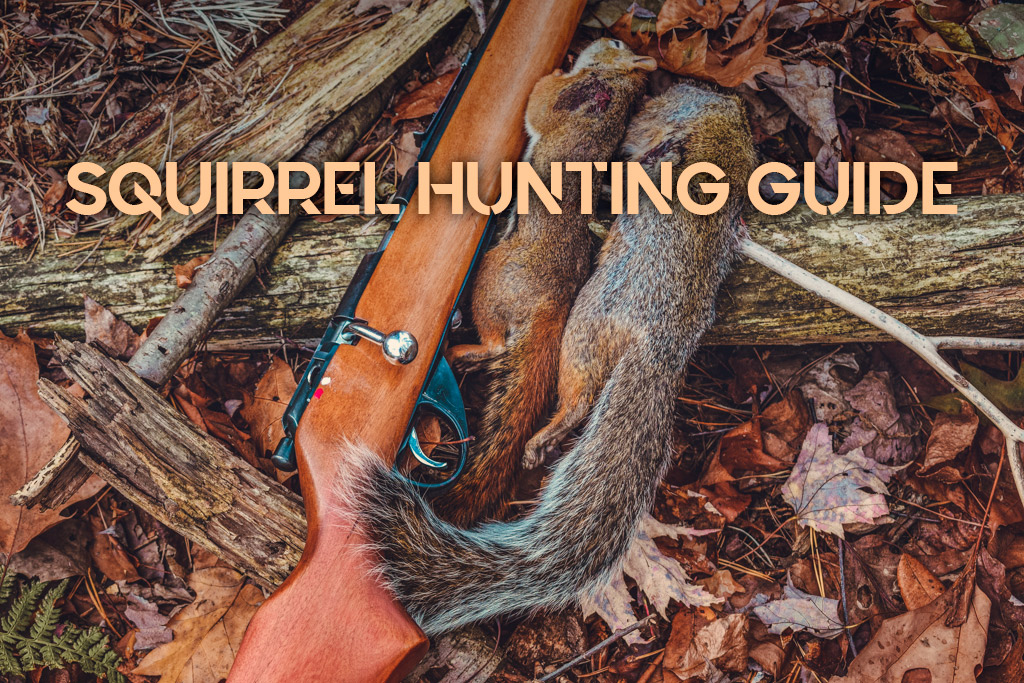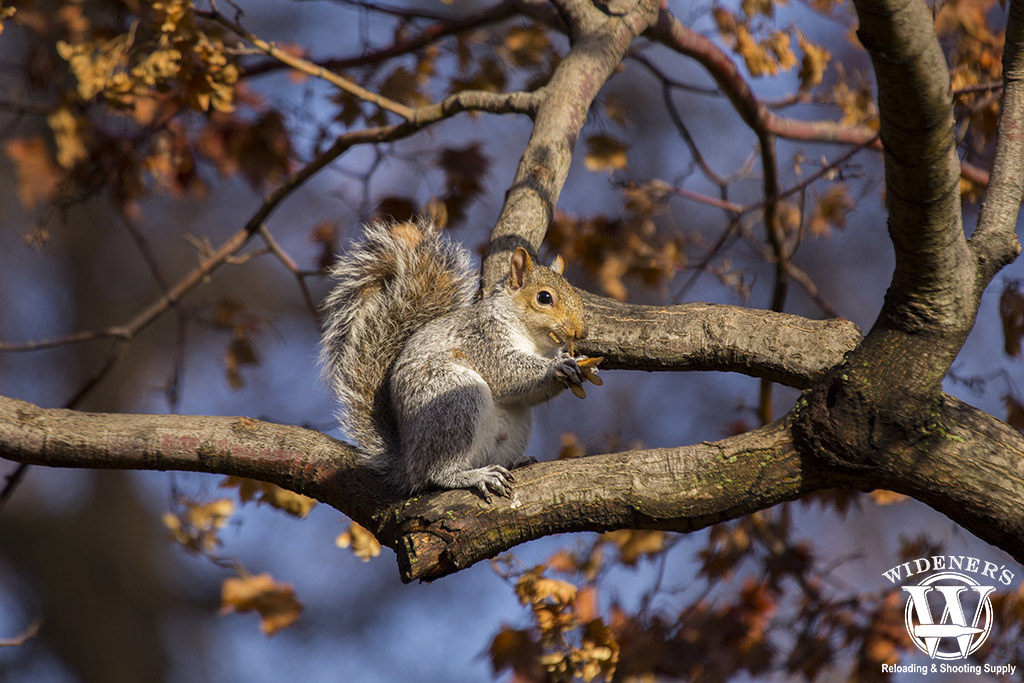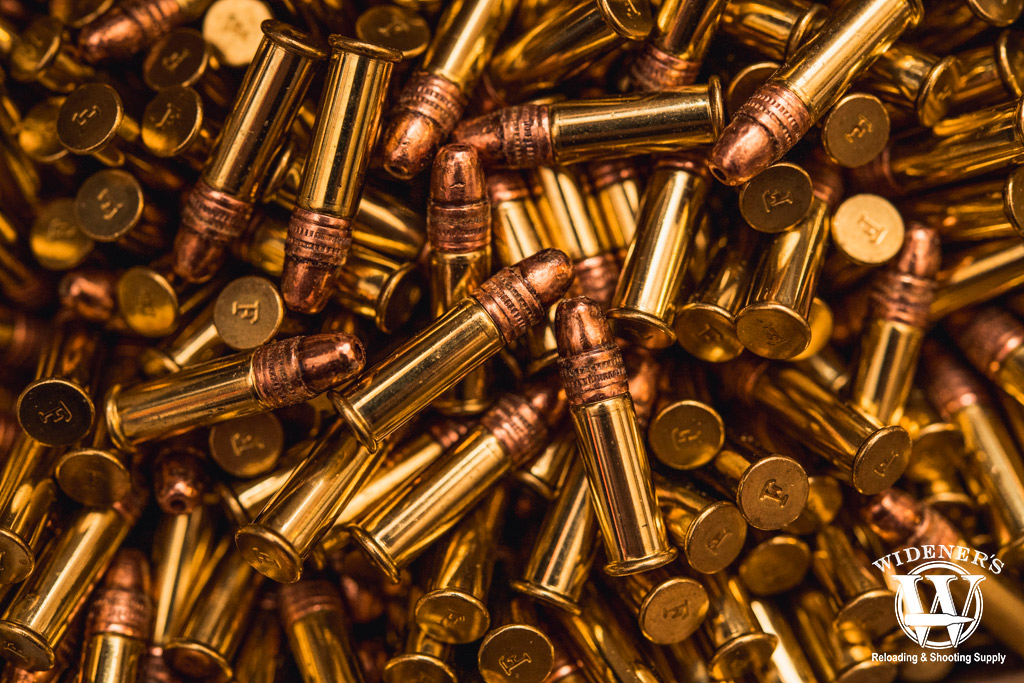

While big game gets all the media attention, squirrel hunting remains a timeless art. In this guide, you’ll acquire the knowledge you need for your first squirrel hunting adventure.
Hunting squirrels will make you more comfortable with the rhythm of the forest, improving yourself for other outdoor excursions, including hunting big game.
This guide breaks things down for the beginner. However, even seasoned squirrel hunters will find some tidbits to polish their strategy.
Let’s learn how to hunt squirrels.
Why Hunt Squirrels?
Many people love the taste of squirrel meat. However, others need to keep squirrels away from their homes. Just like mice, if squirrels get out of hand, they can inflict significant damage to houses and property.
On a positive note, squirrel hunting is a great way to hunt in groups. You can take the younger generation out with you. Together, you can learn about hunting safety and how to handle yourself in the forest.
Finally, many believe squirrel hunting is a viable survival food option, as squirrels are abundant, rapidly reproducing, and don’t take long to clean and cook.
With that said, let’s walk through the steps to hunting squirrels.
10 Steps to Squirrel Hunting
Hunting squirrels follows a similar process to hunting any other animal – it begins with understanding your target. Where do they live? What do they eat? What’s their daily routine?
After understanding these creatures, we’ll move on to choosing gear and developing tactics.
Steps to hunting squirrels:
- Identifying Squirrel Species
- Squirrel Homes and Environment
- Daily Squirrel Habits
- Preparing for Squirrel Hunting
- Squirrel Hunting Guns and Gear
- Where to Shoot a Squirrel
- Passive Squirrel Hunting
- Active Squirrel Hunting
- How to Skin a Squirrel
- Cooking Squirrel Meat
This guide will get you started, giving you a solid foundation so you can begin your first squirrel hunt with confidence.
Identifying Squirrel Species

The eastern gray squirrel is the most common squirrel species in North America.
“Squirrel” is a broad category, with many states including chipmunks, woodchucks, and flying squirrels under the squirrel umbrella.
Hunters in North America hunt two main squirrels: the eastern fox squirrel and the eastern gray squirrel. Hunters also pursue the red squirrel; however, the red squirrel is smaller than eastern fox squirrels, so it’s less practical for eating.
Eastern Gray Squirrel
The eastern gray squirrel has a gray coat with an undercoat that ranges from white to brownish red. There is no difference in appearance between the males and the females.
Note: Black-colored squirrels are gray squirrels that have a genetic alteration called melanism. Black-colored gray squirrels are relatively common in the Midwest and Northeast.
Eastern Fox Squirrel
The eastern fox squirrel has a grayish coat with a reddish, fox-colored undercoat. Like the gray squirrel, the fox squirrel has no difference in appearance between males and females.
Fact: People often mistake the fox squirrel for the red squirrel. However, the red squirrel is much smaller and has white rings around the eyes and a white underbelly. The confusion comes from the reddish underbelly of the fox squirrel.
Squirrel Homes and Environment
Squirrels are adaptable animals. While their primary homes are in wooded forests, they are well-versed in urban and suburban environments. Squirrels will do what they can to survive. Most of us have experienced the hassle of finding a squirrel hanging from the bird feeder or trying to steal some cat food.
On a broader scale, grey and fox squirrels thrive in the eastern and northeastern United States, with some just west of the Mississippi River. With that said, numerous populations have been introduced in the western united states and have sustained their growth.
Also, there are all sorts of squirrel species in western states; however, they aren’t all legal to hunt, so make sure to check your state’s laws.
Identifying a Squirrel Nest
Often, squirrels will create a nest within the upper canopy of a tree. These nests usually appear like large balls of leaves. These squirrel nests are also called dreys.
However, squirrels will live within trees, taking advantage of any old holes they find or resting between two large branches.
Sometimes, a squirrel will have multiple nests, sort of like safe-havens. This way, they have easy access to safety or warmth on a cold night. Also, it gives them more storage space for food.
If you see squirrel nests, you’re hunting in the right spot.
Squirrel Diet
Squirrels like hickory nuts and acorns; however, they’ll eat almost any type of nut, as well as some pinecones. Hickory nuts have a four-part husk. After removing the husk, you reach the hard shell.
Shagbark hickory trees are easy to find, as their appearance matches their name: long strips of dark, shaggy (peeling) bark.
When preparing to hunt squirrels, walk through the area several days before the actual hunt. Look for oak and hickory trees and remember their locations – these are prime squirrel hunting areas.
Trick: If you hear what sounds like rain clicking the leaves, it could be a squirrel chewing at the husk on a hickory nut and spitting the pieces everywhere.
Daily Squirrel Habits

Best time of day to squirrel hunt? Squirrels tend to be most active in the morning and evening.
Squirrels tend to be most active in the morning and the evening. Fox squirrels and gray squirrels are day creatures, unlike the flying squirrel, which is nocturnal.
While you can find squirrels out almost anytime during the day, they often like to rest easy during the hot part of the day, and hunt for food in the morning and evening.
Squirrels don’t love inclement weather, so don’t expect to see many squirrels during heavy wind, rain, or snow.
Note: Most squirrels don’t hibernate (the ground squirrel is the exception), so you’ll find plenty of them out during the winter. In fact, when the snow is on the ground, you can easily locate squirrel tracks.
Preparing for Squirrel Hunting
First, contact your state and learn the rules and regulations around squirrel hunting in your area. Certain species, like the flying squirrel, are often off-limits.
The season for squirrel hunting is long, usually lasting from late summer to mid-winter. In Indiana, the season runs about five months, from mid-August to the end of January. In some southern states, there’s even a spring squirrel season.
The rule of thumb: contact your state office. Usually, states determine hunting rules and regulations. It’s best to call your state and hear the rules straight from the source.
Squirrel Hunting Guns and Gear

Copper-plated hollow point 22LR rimfire ammunition is a popular choice for squirrel hunting.
Which gun should I choose for squirrel hunting? Good question.
There are several popular choices:
- Shotgun. 20 gauge and .410 are common. 12 gauge works too, but you’re more likely to damage much of the meat. If you’re curious, read our article on different shotgun gauges. The size #6 shotgun pellets are common for squirrels.
- Rifle. Skilled hunters looking to hone their sharpshooting skills often reach for the rifle. The .22 LR is probably the most popular choice. The .22 LR gives you range and avoids damaging the meat.
- Air Rifle. In some areas, air rifles are a viable option for squirrel hunting. They’re relatively quiet compared to regular firearms, and they can do the job. Check with your state for rules and regulations.
Some other gear you’ll need:
- Binoculars. Good binoculars can really improve your ability to spot game, especially in an open area.
- Knife. You’ll need a sharp knife for skinning and preparing your game.
- First aid kit. Anytime you’re out in the woods, you should be prepared to deal with injuries.
Note: Often, in a group hunt, one hunter will have a shotgun, and the other will have a rifle, ensuring someone will have a shot regardless of the situation.
Camouflage for Squirrel Hunting
If you’re hunting with leaves down, camouflage becomes more important – especially if you’re actively hunting.
However, if you’re hunting with full leaves, you can get away with less cloaking. Some areas will require full or partial hunters’ orange, which can impact how you hunt.
You might find that some groups of squirrels are more adapted to humans. There is also talk that late-season squirrels are more cautious, as all the risk-takers have already lost the battle.
Where to Shoot a Squirrel

Save your squirrel meat by targeting small areas of the critter’s cranium when hunting.
Squirrels can provide a nice meal. With that said, if you shoot them in the wrong area, you’ll lose a good chunk of the meat.
Two options:
- Aiming with a rifle: Aim right behind the ear; this will give you a little room for error.
- Aiming with a shotgun: Aim for the front of the nose, this gives you room for error, but it will also prevent loading the body with lead.
Using a scope will improve your chances. A long-range rifle will give you an edge if you’re hunting when the leaves are down.
Passive Squirrel Hunting
Planting yourself and waiting to spot a squirrel will be most worthwhile in an open area where you have room to scan. For example, in early winter, when all the leaves are down.
Alternatively, you can walk to a spot and stop and wait for fifteen minutes. If you don’t see any squirrels, you can walk somewhere else and stop and wait again.
Tip: You can use a squirrel call. These are simple calls that mimic the sound of a squirrel’s bark.
Active Squirrel Hunting
Active hunting involves walking through an area and scanning for any movement in the trees. This style is a solid choice when there are still leaves on the trees and plenty of foliage. Also, active hunting is a good choice for group hunts.
Hunting squirrel with other people provides several benefits. First, you’ve got another pair of eyes looking at the trees.
Second, squirrels are smart. As you walk through the woods, they will carefully position themselves on the opposite side of the tree. It’s comical to see a squirrel play musical chairs as you walk around a tree, trying to get a view.
However, with a second person, you can foil these plans. One person can walk on the other side of the tree, forcing the squirrel into view.
Tip: Hunt with the sun to your back. Otherwise, when you shoulder your weapon for a shot, the sun will blind you.
How to Skin a Squirrel
So, you found a squirrel and took a good headshot and dispatched it cleanly. Now, what do you do? This guide should get you started.
We’ll teach you the tail method, as it’s one of the easiest ways to deal with the tough squirrel skin.
Steps to skinning a squirrel:
- Cut below the tail. Find the squirrel’s anus and make a crosscut, almost from hip to hip. A sharp knife is a necessity. Cut back slightly until you’ve cut through the tail bone.
- Widen the cut. Widen the cut slightly, extending it down toward both legs.
- Flip the squirrel over and step on the tail. With your boot on the tail, use firm, steady pressure and pull the legs up. With the tail-anchored, you’ll see the skin begin to pull off like a sock.
- Stop at the neck. You could pull the skin right off over the head; however, stopping at the neck gives you some leverage to pull off the skin on both legs.
- Finnish pulling skin over the head. Now, you can fully remove the squirrel skin. At this point, it’s time to remove the internals.
- Remove guts. Make a shallow cut along both sides of the rib cages, beginning in the pelvic area. You can cut out the front of the rib cage, allowing the guts and intestines to fall out.
- Cut into five pieces. You now have cookable meat. For easy frying, cut off both legs and both arms. Now, you have five pieces.
Skinning a squirrel is easier to learn by watching, so here’s a video on skinning the squirrel with the tail method.
Cooking Squirrel Meat

There’s nothing better than a good squirrel stew after a fun day of hunting.
Just like there are a million different ways to cook chicken, there are just as many ways to cook a squirrel.
Squirrel meat does tend to be a bit tough, almost rubbery. Some people like to cook their squirrel meat slowly to soften up the meat. However, you can grill it, fry it, or cook it over a fire.
If you want more guidance, you can browse these award-winning squirrel recipes.
Last Word on Squirrel Hunting
People choose to hunt squirrels for various reasons: pest control, food, or to learn the art of hunting. Whatever your reason, this guide will get you started.
Keep a notebook of all your squirrel hunting tricks and observations. Part of the adventure of squirrel hunting is discovering things as you explore the wild world.
If you’re curious about another small game gold mine, read our guide to hunting rabbits.


